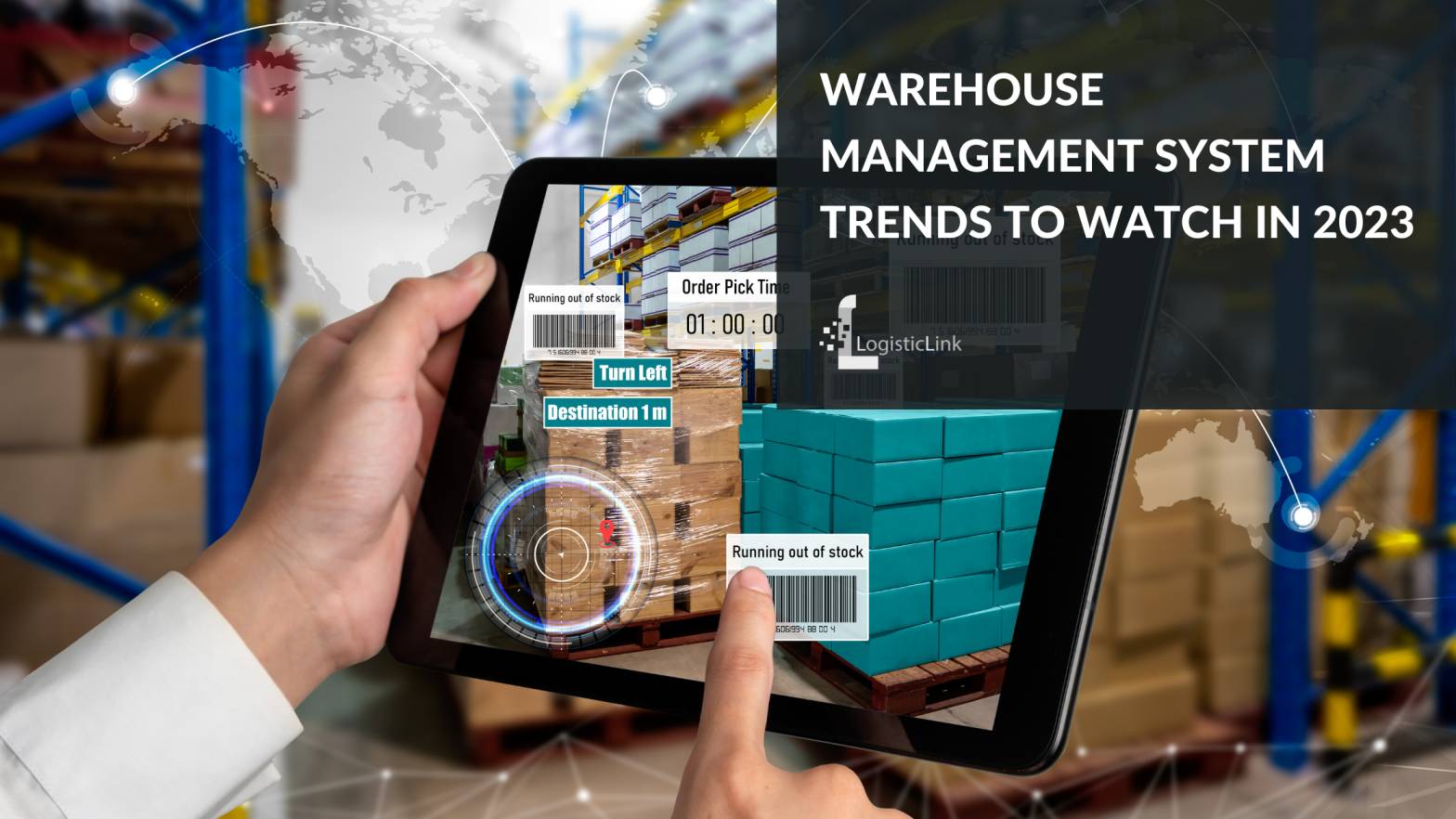Technology has constantly transformed our way of living. We’re living in a whole new world that our ancestors could only have imagined due to the development of the internet in the mid-to-late 1990s and the growth of automation in the 2000s.
Warehouses benefit greatly from technological advancements and experience certain trends and faster growth rates. There are various ways to boost your warehouse’s productivity, from robotics to cloud computing and automation, etc.
We’ll continue to see new technologies and trends as warehouse management systems develop and evolve. In this blog, we’ll look at a few of the top warehouse technology trends for 2023.
Logistical and Tracking Advancements
Technological advancements and their integration in several aspects of business and economics have led to sweeping changes across industries globally. These innovations have resulted in the evolution of the logistics and tracking industry, thus impacting the future of warehousing.
Due to the massive innovations in recent years, industrial warehouse systems are now leading the charge on all levels of supply chain analytics and data processing. What used to be manual tasks & labor-intensive such as dispatching orders, updating tracking information, and processing payments, are now accomplished with the help of advanced technology. It will only get simpler over time for all tracking and logistical tasks.
Maintaining accurate inventory was a difficult task for warehouses in all industries, from clothing items and makeup products. Today, the warehouse tracking system can manage inventory and offer up-to-date numbers to warehouse managers and business owners no matter where they are in the world.
Artificial Intelligence/Machine Learning for Improvement
Due to continuous improvement in Artificial intelligence (AI) and machine learning (ML), computer programs gain more knowledge about a particular business’s inventory system. These programs can better integrate inventory levels and movement across complex networks and spot errors.
AI is also one of the latest technologies to serve the manufacturing sector significantly. Such technologies are suitable for developing the warehouse management software and productively impacting the market. It also plays a crucial role in handling the supply chain and inventory management.
AI assists in the data analysis and decision-making process of warehouse supply chain management optimistically.
Warehouse Automation
The more warehouse management can be automated, the less money businesses must spend on employee salaries. Most of the time, maintaining a robot is less expensive than paying an employee.
Warehouse automation will become more evident for several reasons. Advancements in AI, ML, and robotics have led to more automation possibilities, and costs are decreasing as equipment and software become more widely available. Also, rising wage rates make greater potential savings.
Data Analytics for Predictive Picking
Once extensive data is analyzed and recorded, that data can be used to improve picking rates in warehouses. Analysis can reveal products that are frequently bought together and that are generally purchased by consumers with certain behaviors.
Commonly combined products can be placed next to one another, so pickers spend less time going between aisles which improves picking efficiencies and also allows for even faster delivery times.
Omnichannel Customer Service
Customers want to know the status of their orders, and they should be informed immediately if anything arises that can cause a delay. Omnichannel customer service makes sure consumers have the latest information that’s available.
Omnichannel offers customer service that goes beyond communication through any means customers prefer. It gives customers access to warehouse and distribution data so they’re truly informed.
Customers have obviously had more queries throughout the pandemic, due to which the logistic services have got this one solution. It’s a change that’s here to stay.
Advanced-Data Analytics
For a warehouse to run smoothly, it requires full utilization of big data to know how their processes are operating and how to enhance them. Advancements in tracing and data collection boost predictive analytics and provide more insights into the business.
Predictive analytics is a warehouse technology that can greatly improve efficiency throughout the entire supply chain. It can give more visibility to shipment delays, future pricing, market trends, or restrictions and enable everyone to organize their inventories ahead of time.
Robotics
Robotics is poised to transform the world, and we believe it will continue transforming warehousing solutions. Many distribution centers worldwide already have some type of automation technology in place, but this is frequently only applicable to warehouses with advanced management systems.
A key advantage of using robotics is that it will increase the number of orders that can be picked up in an hour which streamlines warehouse operations. Furthermore, they will help eliminate human errors like picking and moving the wrong products because they are more reliable. Anyone who manages a warehouse will agree that labor expenses can be extremely high and that robots can help reduce the overall labor cost.
Cloud-based technologies
With the advancement of digitalization, cloud technologies are transforming the warehouse business model. With operational technologies and IT work, cloud-based technologies come into the picture at an affordable rate. The switch in the technologies assists in reducing the data silos that come into the role in warehouse operations or systems and supply chains.
Final thoughts
The world is evolving, and so is manufacturing. Apart from the trends covered in this blog, several other challenges, new technologies, and changes are impacting manufacturing. If the industry leaders want to advance the manufacturing business for future growth, they must leverage technology to bring better products and experiences, deliver greater transparency, improve safety and follow the above-mentioned trends.

